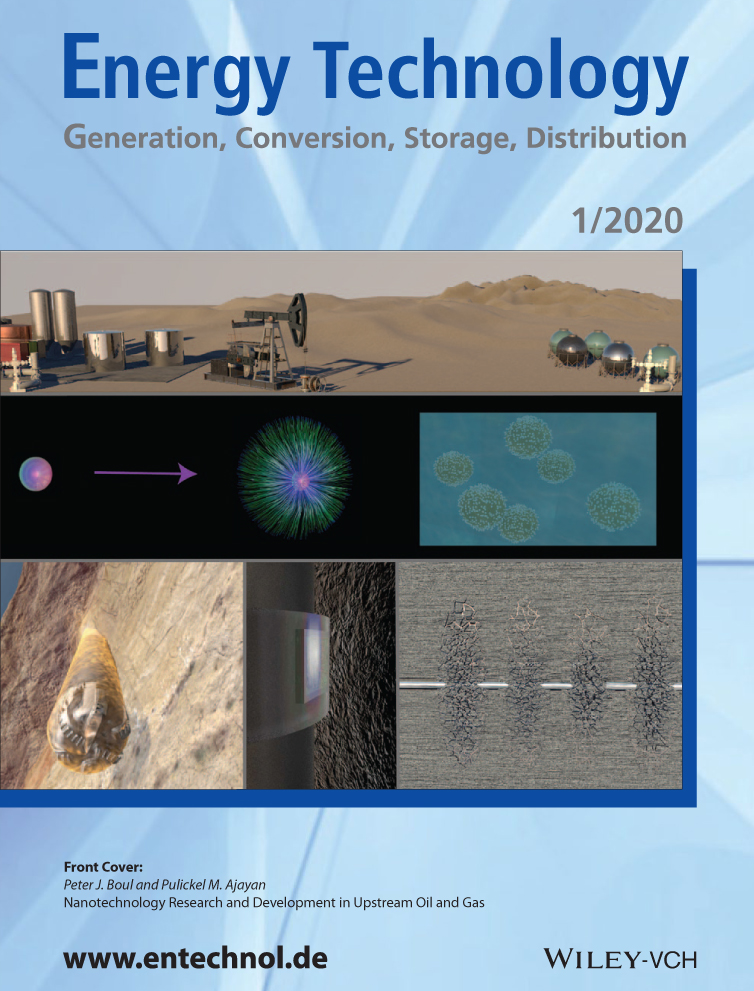Energy Analysis of Physical Absorption and Chemical Absorption of CO2 in Ionic Liquids
Abstract
CO2 solubility in ionic liquids (ILs) is measured extensively to develop IL-based technology for CO2 capture. Herein, the choline- and acetate-based ILs are selected as the studied physical and chemical absorbents for CO2 capture, respectively. The CO2 solubilities in choline- and acetate-based ILs are thermodynamically modeled. The ILs consumed for CO2 absorption and the energy demands for the ILs regeneration are calculated and compared with those of the conventional imidazolium-based ILs. The results show that the three choline-based ILs are not energy saving in the pressure-swing process. In the temperature-swing process, the energy demand for CO2 absorption by using acetate-based ILs reveals that the chemical absorption-based ILs are the absorbent with lower energy demands compared with the physical absorption-based ILs.
Conflict of Interest
The authors declare no conflicts of interest.




